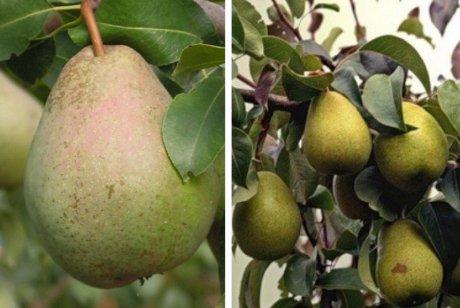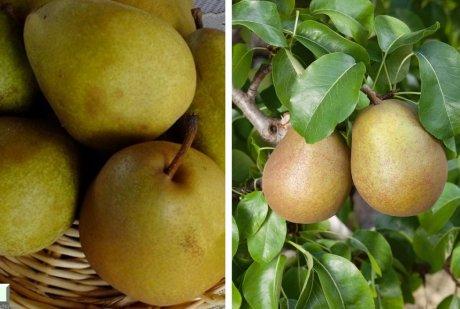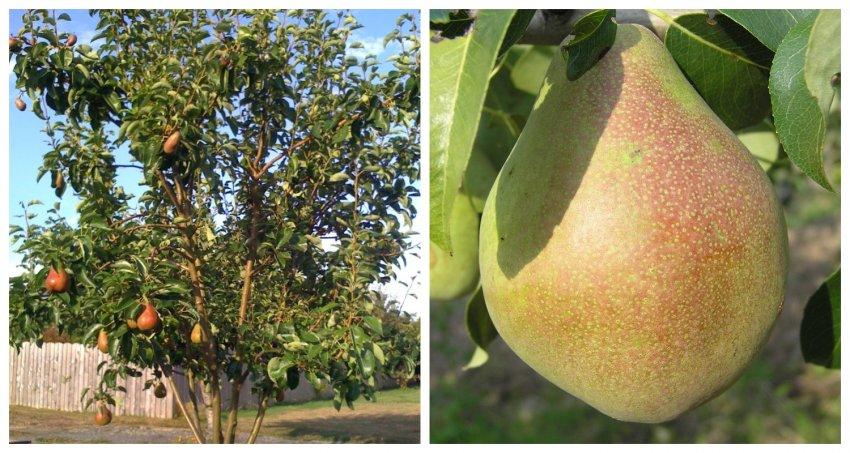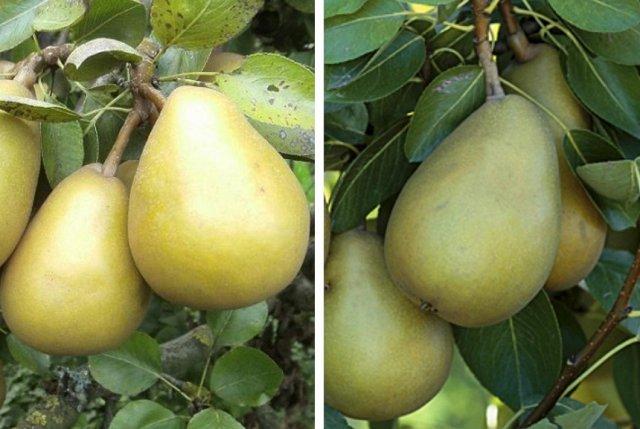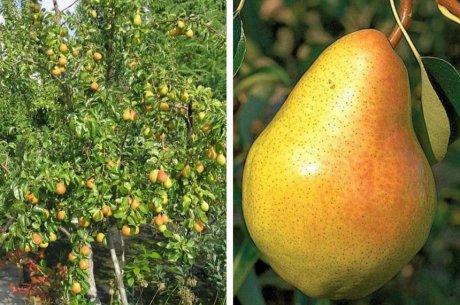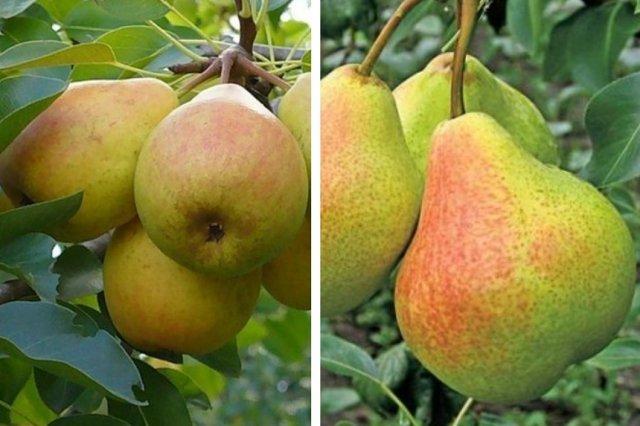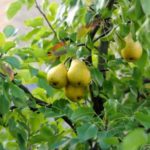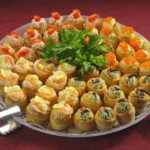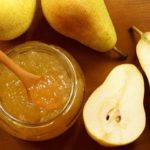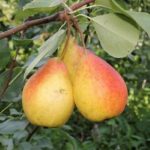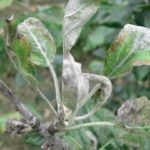Dwarf varieties of fruit trees began to be grown recently, and gardeners immediately fell in love with them. The ease of caring for them attracts more and more people. There are several varieties of dwarf pears that fit compactly in the garden and provide an excellent harvest. It’s easy to decide which variety to choose for your own summer cottage after familiarizing yourself with the characteristics of small trees.
Benefits of dwarf pears
The attractiveness of low-growing trees is that at a low height they manage to produce a good harvest; the fruits will not be small on such trees. In addition, there are many more advantages:
- Easy to care for plantings. They are easy to spray and trim.
- Convenient harvesting. There are no branches left on the tree that are impossible for the gardener to reach.
- In a small area there are several species, with different periods of fruit ripening.
- Rapid appearance of fruits. The first harvest is obtained after 3-4 years.
It is impossible to buy a dwarf pear at a nursery. Breeders have not yet been able to develop such fruit trees. Such trees are correctly called: pears on a dwarf rootstock. Fruits are grafted onto quince, rowan, and hawthorn. For the rootstock, zoned varieties are used. Such a tree acquires the best features of the rootstock: frost resistance, the ability to resist disease.
The best varieties
In this way, different types of pear trees can be grown. The varieties differ in taste, size, and ripening period.
Bere Ardanpont (Ferdinand)
Late (winter) species with medium-sized or large fruits, weighing from 160 to 220 grams. Has high taste qualities. The fruits are lumpy, with thin matte skin. The pulp is white, juicy, sweet and sour taste. The fruits are pear-shaped and bell-shaped, green in color, becoming yellowish when fully ripe. Ripening is heterogeneous, the fruits are firmly held on the branches, are well stored after harvesting, and are easy to transport.
Winter hardiness is average, grown in the southern regions, lack of heat affects the quality of the fruit.
Pears on quince rootstock begin to bear fruit 5 years after planting. A dry and warm climate is required for a good harvest.
Bere Gardi
Belongs to autumn varieties, fruits weighing from 100 to 200 grams, excellent dessert taste, sweet and juicy, oily, with a wine aftertaste. The fruits are green, with a large number of grayish-brown dots; when fully ripe, they become yellowish.
This variety is not picky about the soil; it is planted in open sunny areas.
Velesa (Daughter of the Excellent)
An autumn variety with excellent frost resistance. The fruits are yellow-green with a pinkish side. Weight – 170-180 grams. The taste is sweet and sour, the fruit is juicy, with even and smooth skin.
The variety can be planted in the middle zone, in the Volga region and Moscow region.
Grand Champion (Big Champion)
Winter early fruiting variety. The dwarf pear begins to bear fruit 3 years after planting. The fruits are large, rusty, golden in color. Weight - up to 250 grams. The pulp is juicy and sour. Excellent keeping quality of fruits.
The grafting on quince ensures enlargement of fruits with low tree growth.
Rossoshanskaya is beautiful
Early pears, suitable for growing in the Volga region, middle zone, and the Urals. Medium-sized fruits, weighing up to 120 grams. The light burgundy color changes to green in the lower part of the fruit. The variety is high-yielding, frost-resistant, with high taste characteristics of fruit.
The variety grows well on chernozem soils. Loves abundant watering when the soil drains.
Which one is better to choose?
Usually several varieties with different ripening periods are selected. This increases the yield (the proximity of 2-3 pear trees increases it by 15-30%). Weather conditions in the region and soil type are taken into account. The formation of the crown is imperative; timely pruning prevents the branches of dwarf trees from breaking under the weight of the fruit.
Planting and care
Select sunny areas for planting. The pit is prepared in advance, for autumn planting - 7-10 days in advance, for spring planting - in the fall. To plant several pears, holes are dug at a distance of 50-70 centimeters from each other, the distance between rows is just over a meter.
Important: the root system of such trees is less deep than that of ordinary pears.
Young branches of dwarf pears are tied with twine to pegs, giving them a horizontal position. They should move away from the trunk, forming an angle of 40-45 °. Fertilizers are not needed for the first 2 years. Then in the spring nitrogen fertilizers are applied, and in the middle of the season - potassium fertilizers. Trees are sprayed for diseases and protected from pests with insecticides.
Dwarf pears bear fruit well, but their lifespan is shorter than that of large trees. After 10-12 years, it is necessary to renew the plantings. Then there will always be an abundance of fruit in the garden.

